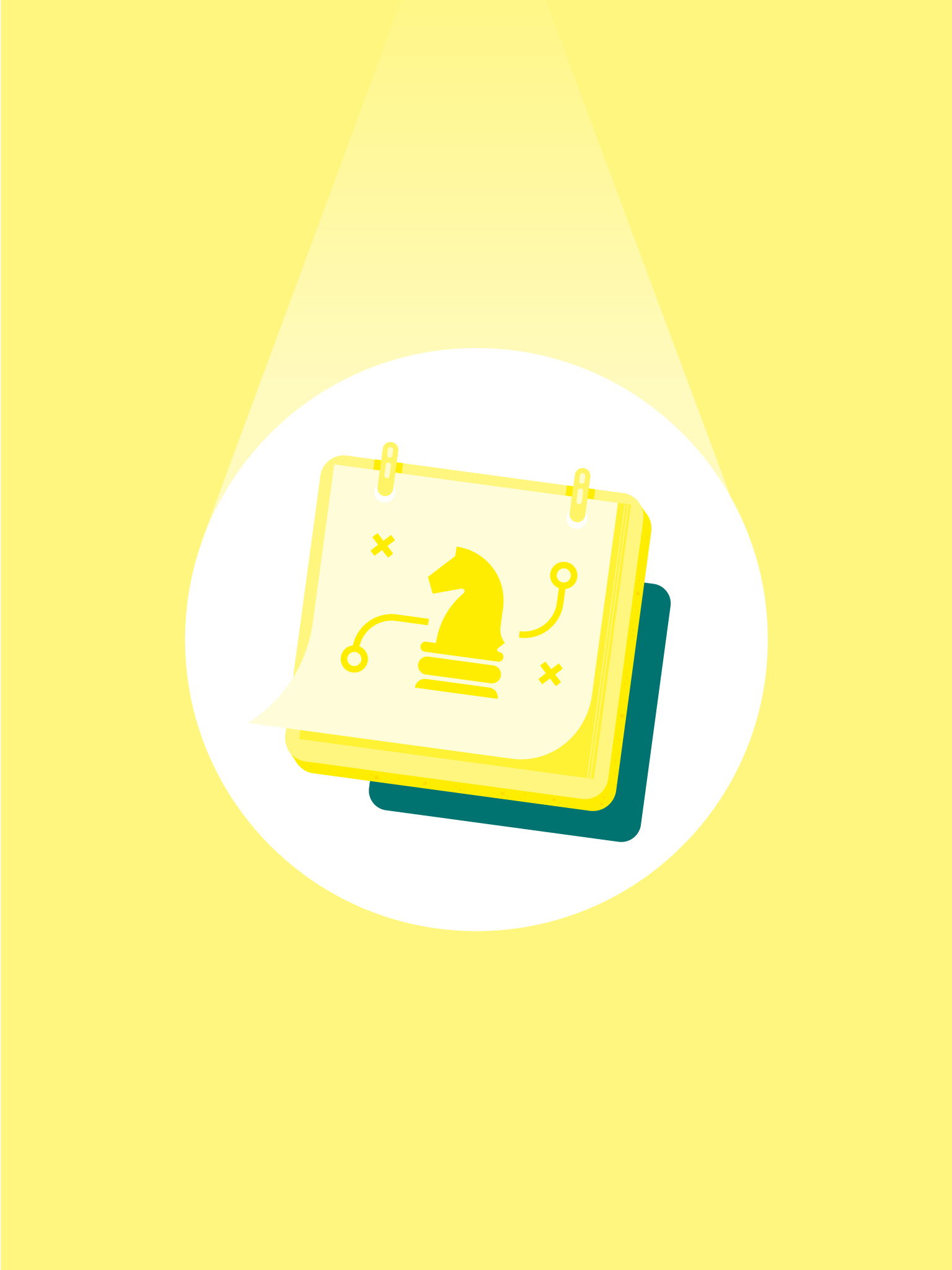What makes good PR planning?
SHARE
Pete Marcus
17 Jun 2021
I was kindly asked by Ben Smith at PRmoment to talk at their recent event on planning in PR, with the topic of “What Makes Good PR Planning?” as the title of my session.
The aim was to give junior planners, and clients or account teams who don’t always work closely with planners, a better understanding of what planners do and what best practice looks like.
That gave me a welcome opportunity to gather my thoughts and put my answers down on paper. So, with the caveat that these are personal views and other planners at Harvard may disagree, here’s a summary of what I said:
1. Planning in PR is a relatively new discipline. Advertising has 60 years of practitioner experience and academic rigour under its belt and that’s created a body of knowledge that gives it heft and influence in its work with clients. Most PR agencies have only started establishing specialist planning or strategy teams in the past decade – a change we can date as starting with Golin’s G4 model in 2011.
As channels blur, PR can learn plenty from the groundwork put in by its cousins in advertising but should also apply those lessons in the right way to suit its own specific challenges and requirements (more on which below).
2. Planning is useful or it’s nothing. Smartness on its own doesn’t get us anywhere. While the value of planning is in being able to take a step back from day-to-day priorities and think deeply, its output must be practically helpful to the client or the account team.
Good PR planning is typically fast paced and responsive. It can also be messy and unstructured, in the best sense – going where the problem leads, digging into the challenge, getting our hands dirty, and working out what the job to do actually is, which might not have been what we thought going in. The good news is this plays to PR’s strengths as a quick, lean, conversational discipline. We shouldn’t be afraid to embrace that.
3. Planners can sometimes become slaves to data in a way that isn’t always healthy or helpful. There’s so much data available online – from Google Trends to analyst reports and financial results – that often on its own, can shed dramatic light on a brief.
But in my view, good PR planning mixes empirical and intuitive insight to illuminate client problems and get to better answers. Anecdotal sources, such as Glassdoor comments, Amazon reviews and Twitter posts, are consistently goldmines of inspiration. Good planners often identify insights through unexpected analogies and perception-shifting comparisons, as well as hard numbers.
4. A lot of the skill of planning is in fueling the creative process brilliantly. Good PR planning for campaigns and big ideas involves coming up with a cracking creative brief with five key ingredients: a good description of the audience you’re trying to reach, an insight that provides a creative spark, a sense of tension to get the juices flowing, stimulus to get brains whirring, and total clarity on the specific task to do.
5. In advertising, good planning typically involves drilling down, further and further, to get to a single, crystalline, “core thought” from the brand. I’ve been lucky enough to work with and alongside several advertising planners and there’s a jewel-like clarity and elegance to their best work. This then forms the basis of a single message or strapline that is hammered into consumers’ heads over and over again through their ads.
In PR, I think planning generally plays a different role. It acts as a trampoline or springboard for the ongoing conversation our clients have with their audiences, and all the creative and content we produce throughout that process. It’s a slightly more open-ended approach, with a continually evolving output that is nonetheless anchored in solid strategic thinking.
I firmly believe that PR planners can learn lots by immersing themselves in the frameworks and lessons developed by advertising planners over the years. But we also shouldn’t try to squeeze our work (which often has different aims and outputs) into restrictive processes that don’t suit us. As I said at the start, PR planning is still a relatively young discipline – there’s so much potential for the future and it’s an incredibly exciting time to be part of this movement.

